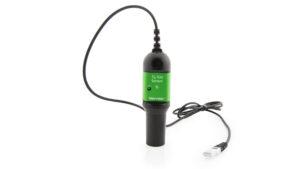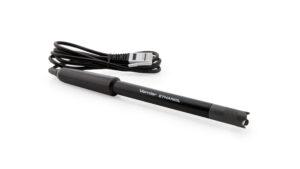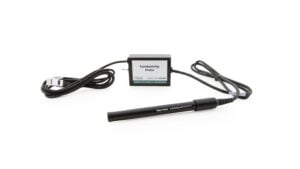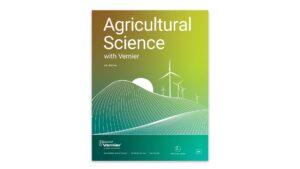
Agricultural Science
Agricultural Science Encourages Student Growth
Agricultural science incorporates plant, animal, and soil sciences to help students learn about the world. Vernier technology supports educators as they teach students the value of data collection, and our hands-on experiments help build a foundational understanding of key agricultural concepts such as soil quality, transpiration, and more.
We are scientists, educators, and your team
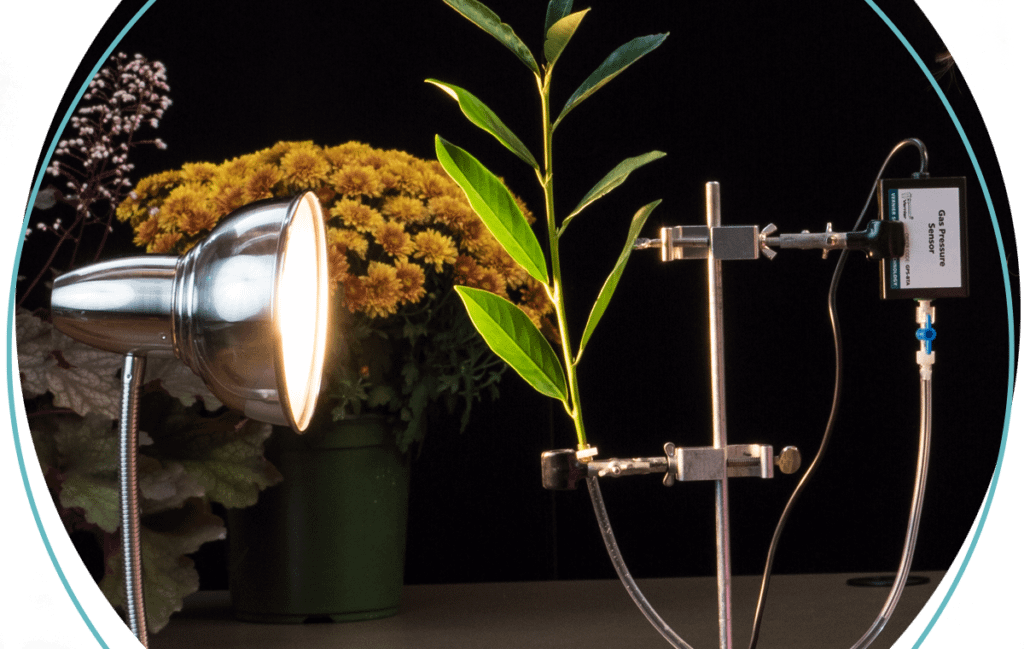
Featured Agricultural Science Lab Books
Featured Agricultural Science Experiments

Transpiration
Water is transported in plants, from the roots to the leaves, following a decreasing water potential gradient. Transpiration, or loss of water from the leaves, helps to create a lower osmotic potential in the leaf. The resulting transpirational pull is responsible for the movement of water from the xylem to the mesophyll cells into the air spaces in the leaves. The rate of evaporation of water from the air spaces of the leaf to the outside air depends on the water potential gradient between the leaf and the outside air.
Various environmental factors, including those conditions which directly influence the opening and closing of the stomata, will affect a plant’s transpiration rate. This experiment will measure transpiration rates under different conditions of light, humidity, temperature, and air movement. The data will be collected by measuring pressure changes as the plant takes up water into the stem.
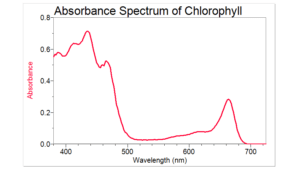
Plant Pigments
Plants contain many different molecules directly or indirectly involved with photosynthesis, which may also impart color to the plant. The mixture of chlorophyll molecules found in spinach, for example, absorbs several wavelengths of visible light, with distinct absorbance peaks in the blue range (400–500 nm) and in the yellow-red range (600–700 nm). The combination of visible light that is not absorbed appears green to the human eye. Chlorophyll contains a porphyrin ring in its structure with a magnesium ion in the center. The porphyrin ring accounts for much of the molecule’s light absorbance. Chlorophyll is found in the thylakoid plate of a plant chloroplast.
Carotenoids, accessory pigments produced in chromoplasts, are associated with many colors observed in vegetation. There are hundreds of different types of carotenoids. Carrots get their color, which is often orange but is not restricted to orange, from carotene. Carotene is a family name for several compounds that also go by the name terpene.
Another type of carotenoid phyto-pigment is called anthocyanin. The purplish color of a red cabbage and the rusty red of the flesh of a blood orange are a result of the presence of anthocyanins, which also have the property of changing color with changes in pH. Anthocyanins absorb UV light, which is used by plants to perform two important functions: to attract insects, which augment pollination, and as a “sunscreen” to protect the other parts of the plant cells such as DNA from harmful UV radiation.
Chlorophyll is a fluorescent substance. Fluorescent substances can absorb light of one wavelength and then reemit a new and longer wavelength of light. As can be seen above in Figure 1, chlorophyll absorbs light in the violet and blue regions of the visible spectra. If a violet or blue light is shined through a sample of spinach extract, the solution turns red in color. The intensity of the red color is an indication of how much chlorophyll is in the sample.
Featured Agricultural Science Products
-
Soil Moisture Sensor
$148.00 -
Vernier Optical DO Probe
$389.00
This product is discontinued. Please consider our Go Direct Optical Dissolved Oxygen Probe -
O2 Gas Sensor
$219.00 -
Ethanol Sensor
$135.00 -
Conductivity Probe
$129.00 -
CO2 Gas Sensor
$299.00






